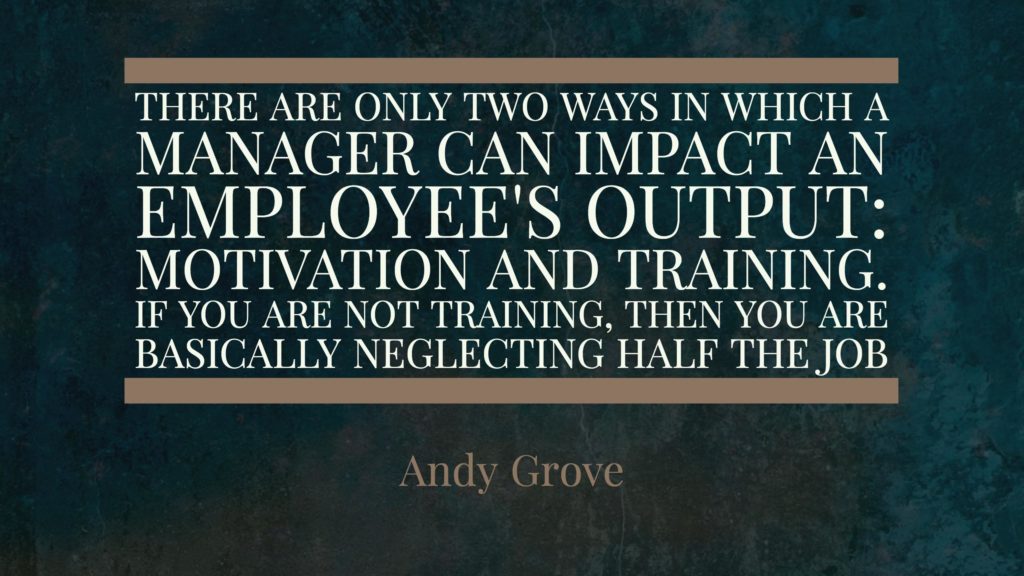Learning Science for Instructional Designers: From Cognition to Application
by Clark Quinn
Clark Quinn paints a holistic, nuanced picture of the learning sciences landscape with all its cognitive, affective, and meta-cognitive hues. This book is a must-have for anyone involved in learning experience design as it shows why and how to consider the whole picture, helping you improve your daily practice by simply using the clear, practical ‘learnings’ throughout the book. –Mirjam Neelen, Head, Global Learning Design and Learning Sciences at a global healthcare company, and Co-Author, Evidence-Informed Learning Design
Write Better Multiple-Choice Questions to Assess Learning: Measure What Matters— Evidence-Informed Tactics for Multiple-Choice Questions
by Patti Shank
If you’re an instructor or course developer—or simply train others—you need Write Better Multiple-Choice Questions. The information in this book will help you appropriately assess participant success and course quality.
Research points to the multitude of course and competency assessments that are poorly written, measure the wrong things, and are difficult to understand. Any of these problems can result in frustrated and angry participants, useless assessment information, and possibly even legal battles. We must avoid these problems.
Course Design Strategy: The Art of Making People Learn
by Ethan Honary
This book is packed with strategies and insights that will help you design better training courses. It focuses on how people learn as the key factor in making design decisions.
The book shows you how to design a good course for any field, no matter what medium you use to deliver it. Learn how the brain works, how people forget, how to gain and maintain attention, and how to make a subject interesting. Then use the easy-to-follow guidelines to design strategically by increasing curiosity, making content emotional, making learners practice what they have learned, and using failure as a teaching tool.
Reimagining Digital Learning for Sustainable Development
by Sheila Jagannathan
Reimagining Digital Learning for Sustainable Development is a comprehensive playbook for education leaders, policymakers, and other key stakeholders leading the modernization of learning and development in their institutions as they build a high-value knowledge economy and prepare learners for jobs that don’t yet exist.
“Twenty-seven contributions from leading experts in the field have come together at an opportune time, when the entire world has been forced to transition to virtual learning because of the COVID-19 pandemic. Looking ahead, we still have significant challenges in delivering the ambitious Sustainable Development Goals by 2030. I congratulate Sheila Jagannathan and the many contributing authors for this impressive exposition of how EdTech and pedagogical innovations will diffuse the benefits of the digital and learning revolution to every corner of the world.”
―Denis Robitaille, Vice President, World Bank
Performance-based Lesson Mapping : and Instructional Development using a Facilitated Group Process
by Guy Wallace
This is generally how I have been conducting Instructional Analysis, Design, and Development for over 40 years and is equivalent to ISD approaches now known as Design Thinking in L&D, and Agile in L&D. My accelerated approaches to ISD – Instructional Systems Design, and/or to LXD – Learning Experience Design provides a proven process for conducting rapid Analysis, Design, and Development of Instructional Content, the Information and Demonstrations and Application Exercises for Improved Performance Impact, back-on-the-job for the learners. I first created the Lesson Map format for a Facilitated Group Process (FGP) approach to an Instructional Development effort for a client project in 1990, after they had seen me use the FGP in a Curriculum Architecture Design effort a couple of times prior.
Learning Experience Design: How to Create Effective Learning that Works 1st Edition
by Donald Clark
How can I create in-person learning that engages people? How can I build digital learning that is effective? How can I develop learning content that can be used remotely and ensure that the learning sticks? Learning Experience Design has the answers to all these questions and more.
This book is a practical guide for all learning and development (L&D) professionals. It covers everything from what learning experience design (LXD) is, the role of the L&D professional in LXD, and what the main areas to consider when designing learning are including emotion, attention, memory, engagement, enjoyment, transfer, practice and learning retention. It includes practical advice for all areas of learning design including text, graphics, audio, visual, simulations, AR/VR, question and social design. There is also essential guidance on instructional design, UX (user experience) design and how to design effective learning analytics.
The final part of the book covers design thinking, blended learning and discussion of LMSs (learning management systems), LXPs (learning experience platforms) and LRSs (learning record stores). With examples, tips, case studies and advice throughout, this is an invaluable book for anyone wanting to make an impact with their learning design and ensure knowledge, skills and performance improvement.
L&D’s Playbook for the Digital Age Paperback
by Brandon Carson
Organizations are facing an era of rapid acceleration. As new technology and digital strategies are integrated, workers at all levels will be required to build capability much faster than before, navigating more complex systems and processes. Yet, learning and development (L&D) has lagged in this area, as too many L&D functions still focus on transactional interactions across a broad and complex portfolio while starved for resources.
In L&D’s Playbook for the Digital Age, Brandon Carson makes the case that it’s time to reorient L&D, take a more proactive role in enabling the workforce, and create a new framework for developing skills and capabilities. L&D leaders must realize theirs is one of the most critical business functions and must be appropriately funded and resourced to realize the performance gains that are crucial to the business.
L&D cannot be caught standing still and, in fact, needs a new playbook to navigate the radical and complex transformation the digital age is demanding. Stemming from the sports world, a playbook ensures the players know their roles, connect as a team, and understand the winning strategy and how to execute the game plan. For L&D, a playbook can help build alignment across the team and with stakeholders by being flexible as business needs change.
Carson walks you through the steps to formulate how a new playbook could help the alignment of your L&D function—whether it’s restructuring, new skilling, or rescoping. He asks readers to speak the language of business instead of the language of learning. For example, does your workforce repair aircraft or do they enable safe flight? In other words, can you be the visionary your organization requires?
Social by Design: How to create and scale a collaborative company
by Mark Britz
Savvy companies today know that their success is predicated on innovation and responsiveness. That starts with social connections inside the organization. It starts by placing psychology and sociology above technology. By making work better, not just faster. By creating and growing connectedness. Doing this with intention—that’s what we call Social By Design. As the Agile Manifesto inspired new software development practices and Clue train challenged dehumanizing marketing approaches, Social By Design looks to shake up the relationship between individuals and their organizations to create stronger and sustained connections in workplaces through better design, and greater human understanding supported by technology.“A fantastic and functional book! Mark and James not only inspire us to think differently about organizational design, but they also provide very clear steps to enable community, collaboration and sharing. They provide the practical actions we can take to shift focus to our people and their interactions, creating a more social organization and an environment of continuous learning.
What I Wish I Knew Before Becoming an Instructional Designer
by Luke Hobson
Are you thinking about becoming an instructional designer? The field of instructional design is exciting, but it’s also a bit confusing. What I Wish I Knew Before Becoming an Instructional Designer is your guidebook to help you avoid mistakes, focus your efforts and achieve your desired level of success with fewer headaches, wrong turns and mis-steps.
Everyone has questions about the instructional design field. This book provides the answers to questions such as:
- What does an instructional designer do?
- What are the pros and cons of instructional design?
- What kind of instructional designer do I want to be when I grow up?
- How do I build a portfolio?
- How do I make connections in the field?
- How do I teach myself a new skill?
- How do I work with SMEs?
- Is an instructional design degree right for me?
- What do students actually do in a course?
At the end of each chapter, you’ll participate in activities to help you practice and reflect upon what you learned. Taking action is important to the learning process and you’ll know exactly what step to take with each point in your progress.
Whether you are brand new to instructional design or have a few years experience, this book will guide you throughout your career.
As an Amazon Associate E-Learning Council may earn a commission from qualifying purchases from the links on this site.

 For the third episode of
For the third episode of 

 Andy Grove was the legendary founder and the CEO of Intel. He navigated the company through many crises, most notably the Japanese domination of the memory business. By changing strategies to focus on producing processors, Mr. Grove transformed Intel into the world’s largest manufacturer of semiconductors. Intel produced the first commercially available processor—the Intel 4004. The Intel 8088 was the heart of the PC Revolution.
Andy Grove was the legendary founder and the CEO of Intel. He navigated the company through many crises, most notably the Japanese domination of the memory business. By changing strategies to focus on producing processors, Mr. Grove transformed Intel into the world’s largest manufacturer of semiconductors. Intel produced the first commercially available processor—the Intel 4004. The Intel 8088 was the heart of the PC Revolution.